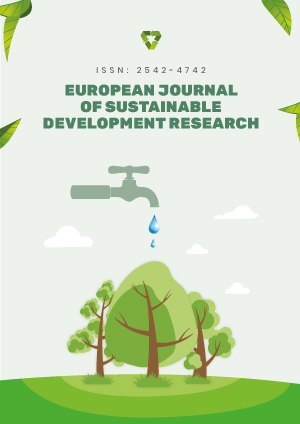Abstract
Because it allows for material recycling and reusing, three-dimensional (3D) printing is more sustainable than traditional manufacturing techniques. Recycled metal or plastic can be used by many 3D printers, minimizing the environmental impact and lowering the requirement for new resources. Not only that, but additive manufacturing techniques may easily produce complexly shaped components. Fused deposition modeling (FDM) is one of the most popular 3D printing techniques due to its versatility in producing huge components. Several thermoplastic filaments are frequently used in the FDM technique, including polylactic acid, polyethylene terephthalate glycol, and acrylonitrile butadiene styrene (ABS). Before choosing such polymers for a purpose, one must be aware of their tensile properties. This paper examines the tensile behavior of ABS materials that are 3D printed in this regard. Using SolidWorks modeling software, the tensile specimens are modeled in compliance with ASTM guidelines. The specimens are put through a universal tensile testing machine test after being 3D printed using the FDM technique. Three printing orientations (0⁰, 45⁰, and 90⁰), printing speeds of 32 mm/s, and layer thicknesses of 0.165 mm and 0.258 mm were the printing parameters. A universal testing machine equipped with an extensometer (634.12E-54) is used for the tensile testing, which complies with ASTM D-638. A tensile rate of 0.2 in/min (0.0847 mm/s) is applied. The load and elongation are measured while the ABS samples are tugged till they fracture. To calculate the average and deviation of the property values, the samples of each orientation and layer thickness were evaluated. The findings indicate that the 0° printing orientation has the highest Young’s modulus, ultimate stress, yield stress, and superior elongation qualities in tensile tests. As a result, a raster angle of 0° and a layer thickness of 0.258 mm are recommended for 3D printing ABS material.
License
This is an open access article distributed under the Creative Commons Attribution License which permits unrestricted use, distribution, and reproduction in any medium, provided the original work is properly cited.
Article Type: Research Article
EUR J SUSTAIN DEV RES, Volume 9, Issue 3, 2025, Article No: em0294
https://doi.org/10.29333/ejosdr/16336
Publication date: 01 Jul 2025
Online publication date: 05 May 2025
Article Views: 1054
Article Downloads: 800
Open Access References How to cite this article
 Full Text (PDF)
Full Text (PDF)